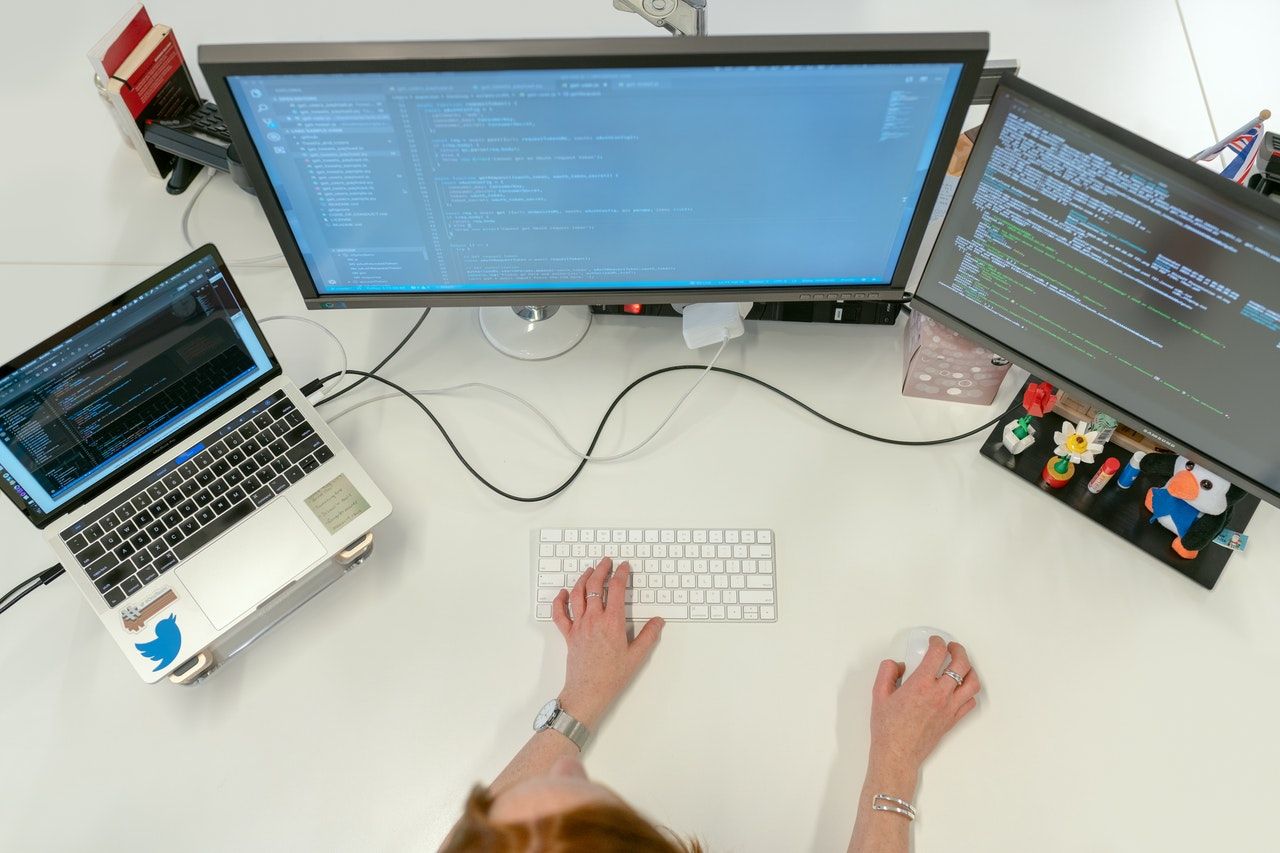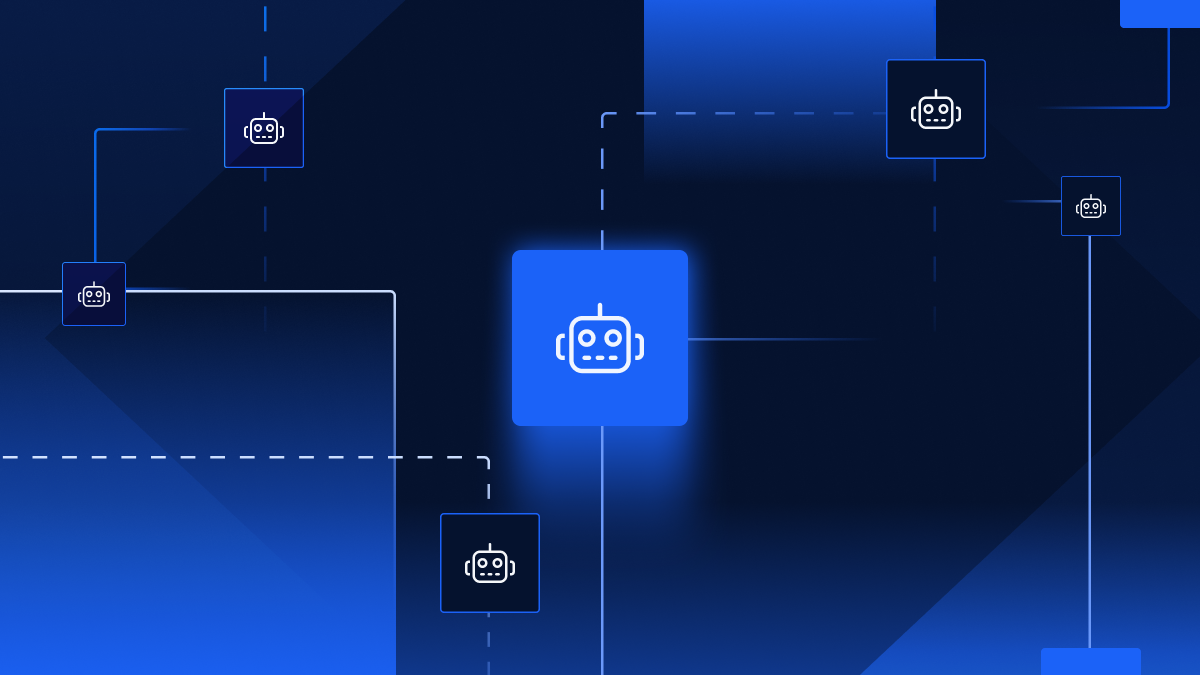The Seven Phases Of Software Development Life Cycle
By Xano | October 7, 2021

The software development life cycle refers to the process used by the software industry to successfully take a project from conception to completion. While the breakdown of software development may vary from company to company and project to project, the lifecycle almost always entails roughly seven steps: planning, analysis, design, development, testing, implementation, and maintenance.
The life cycle is important as it creates a structure that helps ensure your final product will work as intended. Early steps lay down the foundation for success so the actual development, testing, and implementation process run as smoothly as possible. It is sort of like creating an outline for an essay – research and analysis are as important as the actual writing process.
Software Development Life Cycle: The Seven Phases
1) Planning Stage
While there is some variation in the life cycle, it almost always begins with a comprehensive planning stage. This is where you not only make sure that everyone is on the same page but that you have the resources at your disposal to successfully complete the project.
Part of this is pure logistical questions. Do you have enough team members to work on the project? Do you have the financial resources to support the project? Do you need to make additional hires or bring freelancers on board temporarily?
It also involves really nailing down what you are creating. Everyone who will be using this particular software should have input here, even people outside of your IT team. It is vital you understand the functionality and value of the final product before you get started.
2) Analysis
During analysis, you gather as much information as possible about the client and the product you are creating. This often entails in-depth discussions in which you go over every minute detail of the project with the customer. Then, the development team will spend time analyzing this information to determine requirements regarding factors like design and code.
You need to consider everything from hardware to operating systems to security to programming. This both ensures you have the necessary staff on board and helps you allocate tasks to the right people. Before beginning the actual development process, you may need to make certain adjustments. This can mean anything from redistributing funding to adjusting your timeline to hiring additional developers.
3) Design
The design phase is where you start outlining the details for your application, making a game plan for everything from user interface design to databases to network requirements. You produce various documentation during the design phase such as:
- screen layouts
- diagrams
- pseudo code
- a data dictionary
The purpose of this is to shorten the actual development process by giving your team a roadmap.
In some cases, the design phase may involve making a prototype of the final product. This is not always necessary but can be useful if you need early feedback to proceed. Sometimes, project funding is actually contingent on presenting a prototype to investors. However, in many cases, a prototype is not required to proceed and may be an extraneous use of company resources.
4) Development
During development, you transform your requirements, documentation, prototypes, outlines, and so on into a working code. Developers are heavily involved during this phase and other team members often take a backseat as the technical details are carved out.
The actual development process illustrates how important the life cycle of software development really is. Development is always a long, sometimes tricky process, but careful planning, analysis, and design can help you evade common bottlenecks and encounter fewer complications along the way.
5) Testing
Once the software is built, there is still a lot to do to ensure long-term success. You need to spend a period of time testing the new software to detect and fix bugs. During the testing phase, developers will thoroughly go over their software to look at any potential flaws and issues that could impact the end-user experience.
Even with a talented team of developers, bugs and defects are commonplace, so expect to give your team adequate time for testing. Think of them as typos in a first draft. Depending on a variety of factors – such as the complexity of the project and the skills of your team – testing can be very brief or very time-consuming.
6) Implementation
Sometimes called deployment, implementation is where your development team takes the code and places where the relevant parties can access and use it. As with testing, the length of this stage can range greatly depending on the specifics of your project.
With very simple projects, implementation can take less than a day as all your team has to do is deploy the code onto a web server. However, more complicated projects often involve integrating code into multiple systems, which can take a week or more.
7) Maintenance
In some ways, as long as you are using your software, the life cycle is never entirely complete. Developers will continue to watch for bugs and defects and correct issues as necessary. Usually, support specialists will flag and report issues and company leaders help the development team prioritize tasks and correct issues in a timely manner.
Software Development Life Cycle: The Bottom Line
The seven phases of software development ensure that your team stays on task. Just like you wouldn't start writing a research paper without gathering your information and creating a thorough outline, you should never dive straight into the development phase. By following the above process, you should be able to create the best possible final product.
Looking for solutions for your company? Xano is the fastest No Code Backend development platform on the market. We give you a scalable server, a flexible database, and a No Code API builder that can transform, filter, and integrate with data from anywhere. Sign up here to get started.
The post The Seven Phases Of Software Development Life Cycle appeared first on Xano.

















